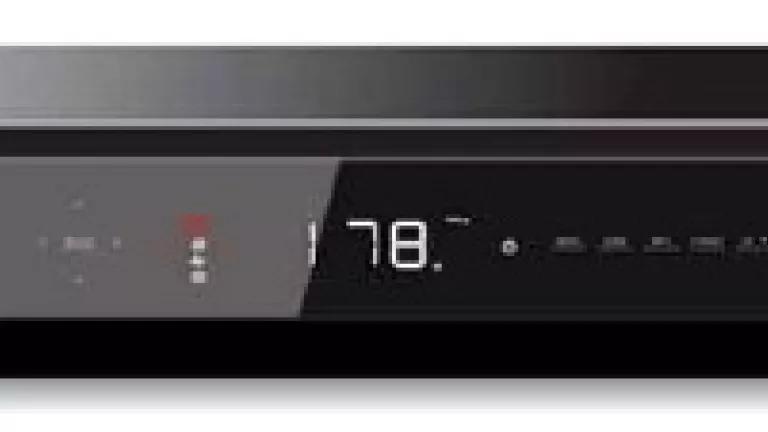
The cable industry announced a commitment to cut the energy use of those set top boxes that allow us to watch cable TV. According to the industry’s trade association, NCTA, a new R&D facility called "CableLabs – Energy Lab" will be created to help develop more efficient devices.
This work is critical as installed boxes waste a whopping $2 billion/yr and six power plants worth of electricity when consumers are NOT watching or recording a show.
In many cases, the DVR set top box is consuming more energy each year than the big screen TV it is connected to. With existing designs, hitting the off button on many of the boxes merely dims the clock and the device continues to consume near full levels of power 24/7. Consumers can ill afford this “Inefficiency tax” that is essentially imposed by the cable and satellite companies.
No doubt NRDC’s in-depth study on set-top box energy use, as well as Senator Feinstein’s efforts to move the industry in the right direction, each played a role in the industry’s decision to take a closer look at their products.
Thanks to the spotlight we’ve placed on this issue, the industry is pledging to shift to models that meet ENERGY STAR 3.0. This is a great start as these new devices use approximately 30% less energy than models produced over the past few years. Unfortunately these new devices still do NOT go into a true “deep sleep” power mode when turned off.
We are hoping this industry will really roll up their sleeves and strive to attain the types of leading edge power management that is already in place in today’s smart phones and tablets. These devices use extremely low levels of power when not in use, while maintaining the ability to wake up almost instantly when the user returns or to download content.
While the industry’s press release says a lot of the right things, it lacks a target date by which they will achieve truly low power levels when the box is not being used. You can bet the industry would be much further along in solving this problem if they had to pay consumers back for all the wasted electricity their installed boxes cause.
And it’s worth noting it’s not just the cable industry. Satellite companies are also hard at work at reducing the energy use of their products too.
Quite frequently, I am asked by reporters and consumers “who makes a really efficient set top box?” My answer has always been, “No one - yet.”
I hope I’ll have a new answer soon. We will continue to track the industry’s progress in this space and will report back when real breakthroughs occur.
In the meantime, be sure to request a set top box from your provider that meets ENERGY STAR Version 3 (and not the older ENERGY STAR Version 2 models which are much less efficient).
